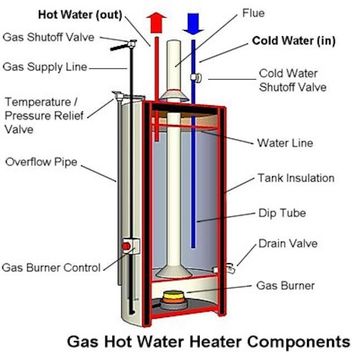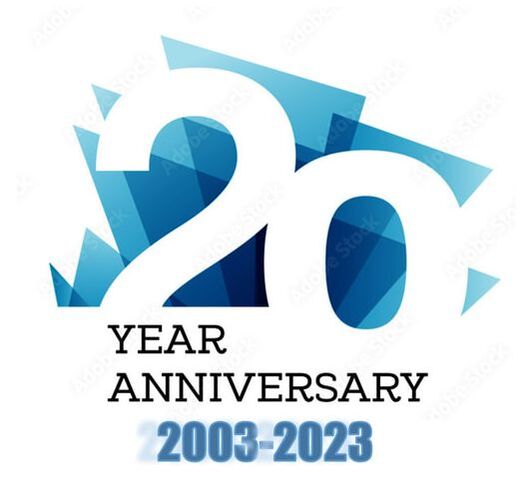 Our home is our retreat. We count on our home to be the place we can find comfort and relaxation. But wonder if the refrigerator, the heat or AC, the plumbing, or the hot water tank go on the fritz? The household would go into chaos control mode if any one of these systems failed. Some preventative maintenance and annual inspections could lengthen the life of these systems and ward off any catastrophes. A hot water tank, depending on the model, can last from 10-15 years. To eliminate the chance of you finding a leaking unit or burnt out element before its time, annually inspect, drain, and flush your unit to optimize its lifespan. 120 degrees F is the recommended temperature setting for home use. There are also tankless hot water heaters. Contact Dreamland Interiors, Inc. for your appliance needs. To insure comfort indoors, you need a properly running HVAC unit. It is well worth the annual expense of having an inspection of your unit(s) and to replace filters regularly in the home. Also remember to wrap the pipes that are exposed to the outdoor elements. We often take our refrigerator for granted, but would be crippled without it, not to mention the expense and mess of dealing with spoiled food. Check door seals by conducting the dollar bill test. Close a dollar bill in the door with half of it extending out. Pull on the bill. If it comes out too easily, you may have to call a pro to repair the seals. As needed, clean the seals with a mixture of baking soda and water. A safe refrigerator temperature is 37 to 40 degrees F and a freezer should be 0 degrees F. Refrigerators maintain a low temperature best if they are on the full side. You may have to add drinks or jars to up the volume of contents if you mostly use your refrigerator for take out food or leftovers. If your power goes out, don't open your refrigerator or freezer. The food in the freezer should remain frozen for up to 48 hours if the freezer is full and 24 hours if it is half full. The last system to be checking for the fear of a problem is the plumbing. Pipes, sinks, showers, garbage disposals, and toilets need to be inspected frequently for leaks. Clogged drains are the most common plumbing problem. You have to be careful of drain cleaners not eating away at your pipes. A household product fix for clogged drains is to pour 1/2 cup of salt down the drain followed by boiling water. Flush with hot water until clog is cleared. Sometimes it is better to buy a snake yourself at the hardware store for around $20 or hire a plumber for $75-$150 to remove the clog. Too much water pressure can weaken the pipe joints. A normal pressure is 40 to 85 psi. You can purchase a hose bib gauge at a hardware store for around $10. If you have to hire a plumber to install a pressure reducer, the cost will be about $400. Hard water usually containing a high content of magnesium and calcium can build up in pipes and restrict pressure. A hard water measurement of over 140 parts per million is considered hard water. The only way to deal with hard water is to install a softener system. It will cost from $500-$l000 for a plumber to install a traditional sodium-based softener. A whole-house pre-filtered unit would be the ideal, but will cost approximately $100 more. They also have electronic units for $200 or less that you can install yourself but you need an outlet nearby. If you have a septic system, you should have the tank pumped every three to five years at a cost of $150 to $500. Make sure the family knows where the main water shut-off valve is so that the water can quickly be turned off to the entire house for any type of water leak. Insulate the water pipes outdoors for the winter. I found a good article with plumbing recommendations that you may want to read over. #dreamlandinteriors #plumbing #refrigerators #HVAC #waterheaters #remodeling
0 Comments
Leave a Reply. |
Natalie A. GauciLicensed Interior Designer working in the Tampa Bay, Florida area. Archives
October 2018
Categories
All
|
Dreamland Interiors...
|
© Dreamland Interiors, Inc. 2024

 RSS Feed
RSS Feed



